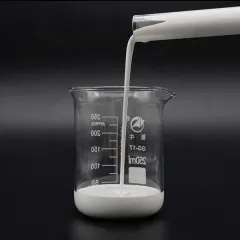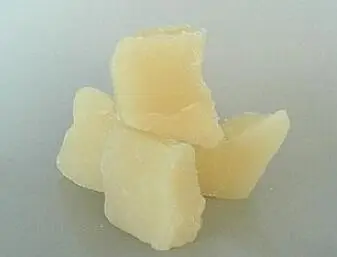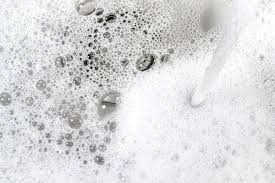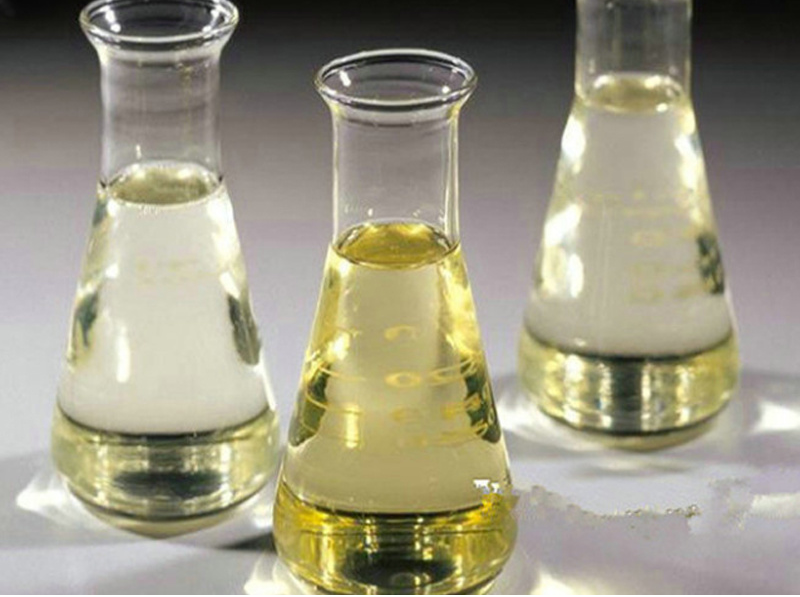The Secret Life of Surfactants: Why Your Soap Bubbles and Pancakes Need Them
(What Makes Surfactant)
You know that moment when soap bubbles glide off your hands, or pancakes rise fluffy and golden? Those everyday miracles don’t just happen. Behind them is a tiny hero: surfactant. Let’s talk about what makes these molecules tick—and why they’re everywhere in your life.
Surfactants are like molecular diplomats. They have two ends that hate each other’s jobs. One end loves water. The other runs from it, preferring oils or fats. This split personality lets them smooth things over between substances that normally refuse to mix. Imagine oil and water in a shaker bottle. Shake hard, and they’ll blend for a second. Stop, and they split again. Add surfactant, and suddenly they play nice. The water-loving end grabs water molecules. The oil-loving end clings to oil. Together, they create stable mixtures.
Think about washing dishes. Grease sticks to plates because water alone can’t break its grip. Surfactants in soap jump in. Their oil-loving ends latch onto grease. The water-loving ends face outward, letting water rinse the mess away. No surfactants, and you’d scrub forever.
But it’s not just cleaning. Surfactants make bubbles possible. Water molecules cling tightly, which is why pure water doesn’t foam. Add surfactants, and they relax the surface tension. The water becomes stretchy, letting air sneak in to form bubbles. More surfactants mean longer-lasting bubbles—like those in shampoo or kids’ bubble solution.
Ever wonder why rain beads on a freshly waxed car? Surfactants are part of that story too. Waxing adds a layer of surfactants to the car’s surface. Their water-hating ends face outward, making water roll off instead of sticking. The same idea works in fabric waterproofing sprays.
Food gets interesting with surfactants too. Take ice cream. Without them, ice crystals grow large, making it gritty. Surfactants keep crystals small, giving that smooth melt-in-your-mouth feel. Pancakes rely on surfactants in baking powder to trap air bubbles, making them light and fluffy. Even chocolate needs surfactants to stay glossy and avoid a grainy texture.
Medicine wouldn’t be the same either. Pills often pack poorly soluble drugs. Surfactants help dissolve them so your body can absorb the medicine. In vaccines, they stabilize ingredients so the mixture stays effective.
Nature invented surfactants first. Your lungs produce them to keep air sacs from collapsing. Without lung surfactants, breathing would require exhausting effort. Plants use them too. Some leaf surfaces have natural surfactants to repel pests or control water.
Surfactants even fight fires. Firefighting foam uses them to spread water thinly over flames, cooling them faster and smothering oxygen. Oil spills? Surfactants help break up the slick into tiny droplets microbes can digest.
Not all surfactants are eco-friendly. Some older types stick around in the environment, harming aquatic life. Newer versions aim to break down safely after use. Scientists are also tweaking surfactants for specific jobs, like targeting pollution in soil or delivering drugs to precise body areas.
(What Makes Surfactant)
Surfactants quietly shape your world. They’re in your toothpaste, your skincare serum, the paint on your walls. Next time you see a rainbow swirl in a puddle or enjoy a creamy latte, remember: it’s probably surfactants working their magic. They’re the ultimate multitaskers, solving problems you didn’t know existed—one molecule at a time.
Inquiry us
if you want to want to know more, please feel free to contact us. (nanotrun@yahoo.com)




